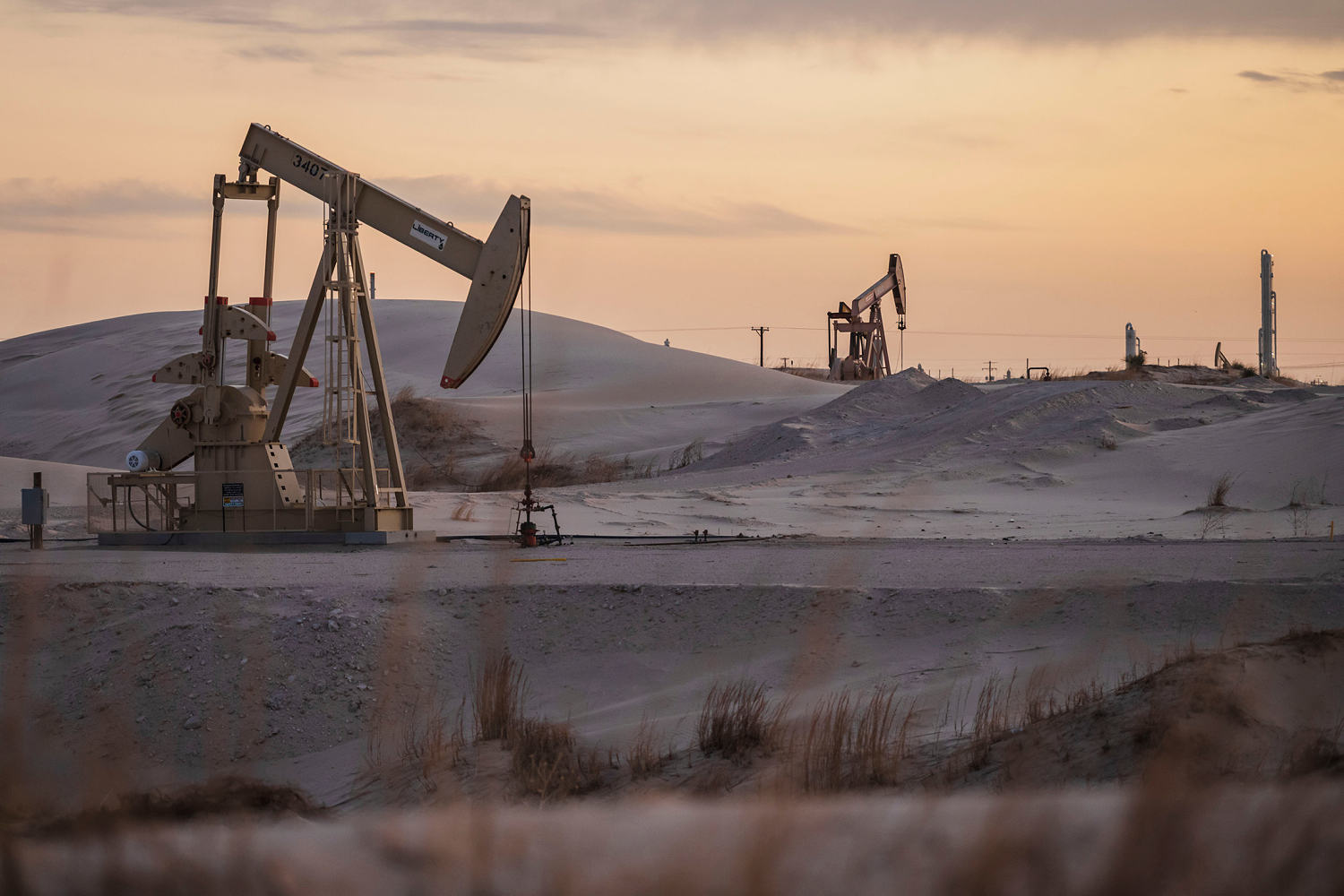Trump megabill gives the oil industry everything it wants and ends key support for solar and wind

President Donald Trump’s One Big Beautiful Bill Act ends long-standing federal support for solar and wind power, while creating a friendly environment for oil, gas and coal production.
The House of Representatives passed Trump’s megabill Thursday ahead of a White House-imposed deadline, after the Senate narrowly approved the controversial legislation Tuesday.
Trump has made his priorities on energy production clear. The U.S. will rely on oil, gas, coal and nuclear to meet its growing energy needs, the president said last weekend, bashing wind and solar power.
“I don’t want windmills destroying our place,” Trump told Fox News in an interview that aired June 29. “I don’t want these solar things where they go for miles and they cover up a half a mountain that are ugly as hell.”
The president’s embrace of fossil fuels and hostility to renewable energy is reflected in his signature domestic policy law. It delivers most of the oil and gas sector’s top priorities, according to the industry’s lobby group, while ending tax credits that have played a crucial role in the growth of solar and wind power.
Oil, gas and coal are winners
The law opens up federal lands and waters to oil and gas drilling after the Biden administration enacted curbs, mandating 30 lease sales in the Gulf of Mexico over 15 years, more than 30 every year on lands across nine states and giving the industry access to Alaska.
The law also slashes the royalties that producers pay the government for pumping oil and gas on federal lands, encouraging higher output.
“This bill will be the most transformational legislation that we’ve seen in decades in terms of access to both federal lands and federal waters,” Mike Sommers, president of the American Petroleum Institute, n industry lobbying group, told CNBC. “It includes almost all of our priorities.”
The law also spurs oil companies to use a carbon capture tax credit to produce more crude. The tax credit was designed to support nascent technology that captures carbon emissions and stores them underground. Under Trump’s bill, producers would receive an increased tax benefit for injecting those emissions into wells to produce more oil.
The law ends the hydrogen tax credit in 2028, later than previous versions of the bill. Chevron, Exxon and others are investing in projects to produce hydrogen fuel.
“I have a number of members who plan on investing significantly in hydrogen and so the extension to the end of 2028 was a welcome priority that was fulfilled,” Sommers said.
The coal industry is also a big winner from the law, which mandates at least 4 million additional acres of federal land be made available for mining. The law also cuts the royalties that coal companies pay the government for mining on federal land, and allows the use of an advanced manufacturing tax credit for mining metallurgical coal used to make steel.
Solar and wind are losers
The law phases out clean electricity investment and production tax credits for wind and solar that have played a crucial role in the growth of the renewable energy industry. The investment credit has been in place since 2005 and the production credit since 1992. The Inflation Reduction Act extended the life of both until at least 2032.
Solar and wind farms that enter service after 2027 would no longer be eligible for the credits. There is an exception, however, for projects that start construction within 12 months of the bill becoming law.
The phaseout is more gradual than previous versions of the legislation, which had a hard deadline of December 31, 2027. That gave all solar and wind projects just 2.5 years to come online in order to take advantage of the credits.
“Despite limited improvements, this legislation undermines the very foundation of America’s manufacturing comeback and global energy leadership,” Abigail Ross Hopper, CEO of the Solar Energy Industries Association, said in a statement when the bill passed the Senate.
A related tax credit for using U.S.-made components in solar and wind farms ends for projects that enter service after 2027. A carveout allows projects that start construction within one year of the law’s enactment to claim the credit. The credit was designed to spur demand at U.S. factories in order to break the nation’s dependence on equipment from China.
“If nothing changes, factories start to close,” Michael Carr, executive director of the Solar Energy Manufacturers Association, told CNBC. “Factories that are on the drawing board that probably penciled [favorably] two weeks ago, maybe don’t pencil now. We’ll see investment slow down in the sector going forward.”
You may be interested

Your legal rights if neighbours set up CCTV camera system | UK | News
new admin - Jul 15, 2025CCTV can be an important tool when people want to protect their homes and property. However, anyone who has cameras set up…

Reddit is rolling out age verification in the UK
new admin - Jul 15, 2025Reddit users in the United Kingdom will now be blocked from accessing “certain mature content” unless they complete the platform’s…

Lead investigator into Biden’s use of an autopen signed letters with a digital signature
new admin - Jul 15, 2025[ad_1] “Using digital signatures for official correspondence is a common practice for both Republicans and Democrats in the House of…































